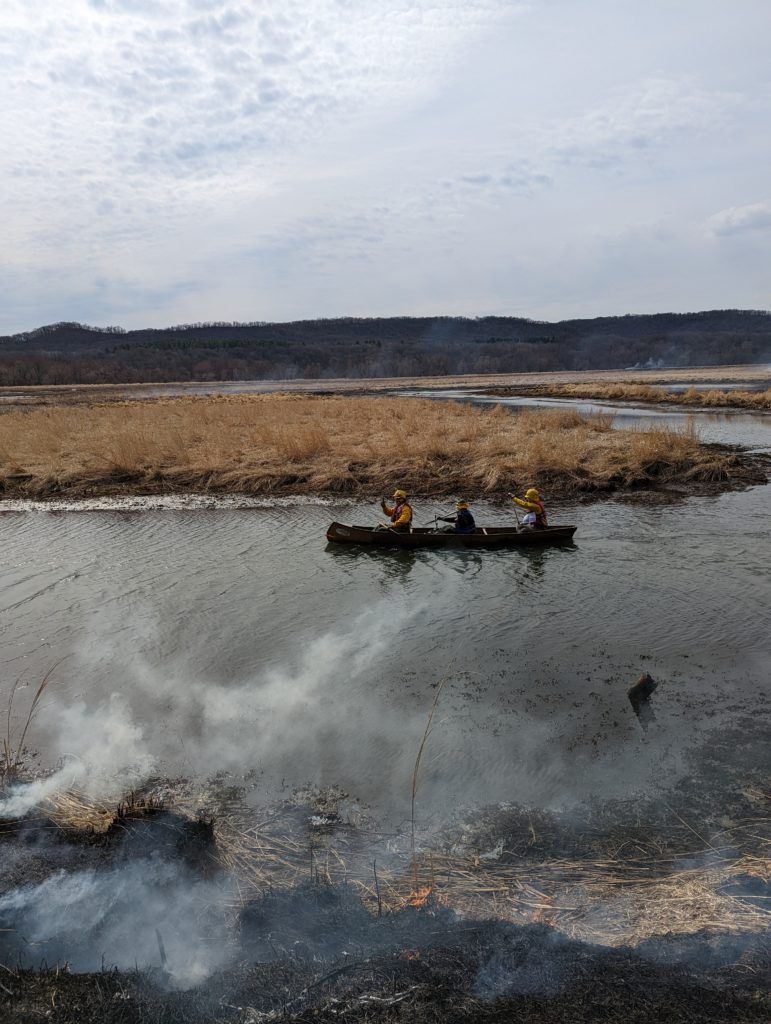Bladder Bags and Canoes?
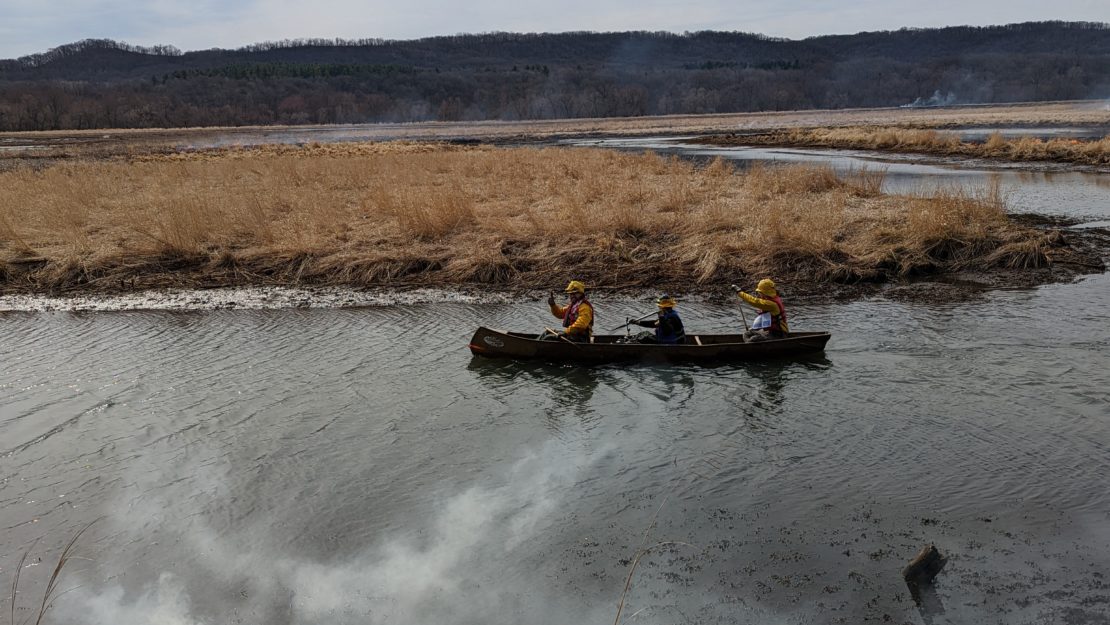
By Alexis Wyss, Arrowhead Field Crew Member / AmeriCorps Member
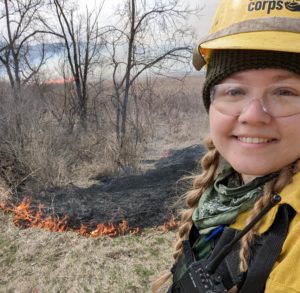
This spring I was fortunate to be part of one of the crews serving in Whitewater Wildlife Management Area (WMA). We have been trying to do prescribed burns, but the weather has been very challenging this season with high humidity, rain, and other variables. Down in Whitewater, we were burning prairies, forests, and surprisingly, marshes.
One morning, while we were preparing for burning, our wonderful project host brought out life jackets and waders, which was quite confusing when you’re getting ready for prescribed burns. Preparing for burns in the morning usually involves getting bladder bags filled, checking gas and water in the UTVs (utility terrain vehicles) that have slip-ons (these are small pump systems with 100-150 gallon water tanks attached) and water tenders (trucks with water tanks and pump systems), setting up trailers, loading up the UTVs, and filling up drip torches.
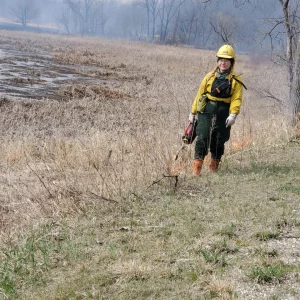
So, much to our surprise, our plan for one of the days was to burn marshes, which sounds daunting. If you’ve never walked through a marsh, you’re lucky. It tends to suck you in, sometimes knee or thigh deep in muddy marsh, which makes it very difficult to walk through. In an attempt to make life easier, our plan was to burn the outside of the fire unit and also start fires from within the unit via canoe. This is something that is synchronized and strategized to ensure the safety of all those who are part of the burn.
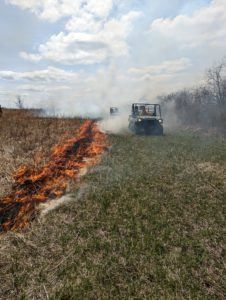
One lucky group got to go into the marsh via canoe and throw fusees (which are very similar to road flares, if not the same thing). This, unfortunately, was not super successful but was definitely worth a shot and they looked pretty cool doing it.
Prescribed burns, aka control burns, are extremely important in areas where wildfires are prevalent. Their use is a preventive measure in some cases to stop the buildup of fuel. What is meant by “fuels” are things like fallen trees that have not been cut up, dead trees or tree limbs leaning up against other trees, leaf litter, and other flammables like dead grass. These are also hugely important for restoration, like what is being done down in Whitewater WMA. They are working on restoring the lands in that area for game species as well as other wildlife. Fires help to restore oak forests and prairies.
